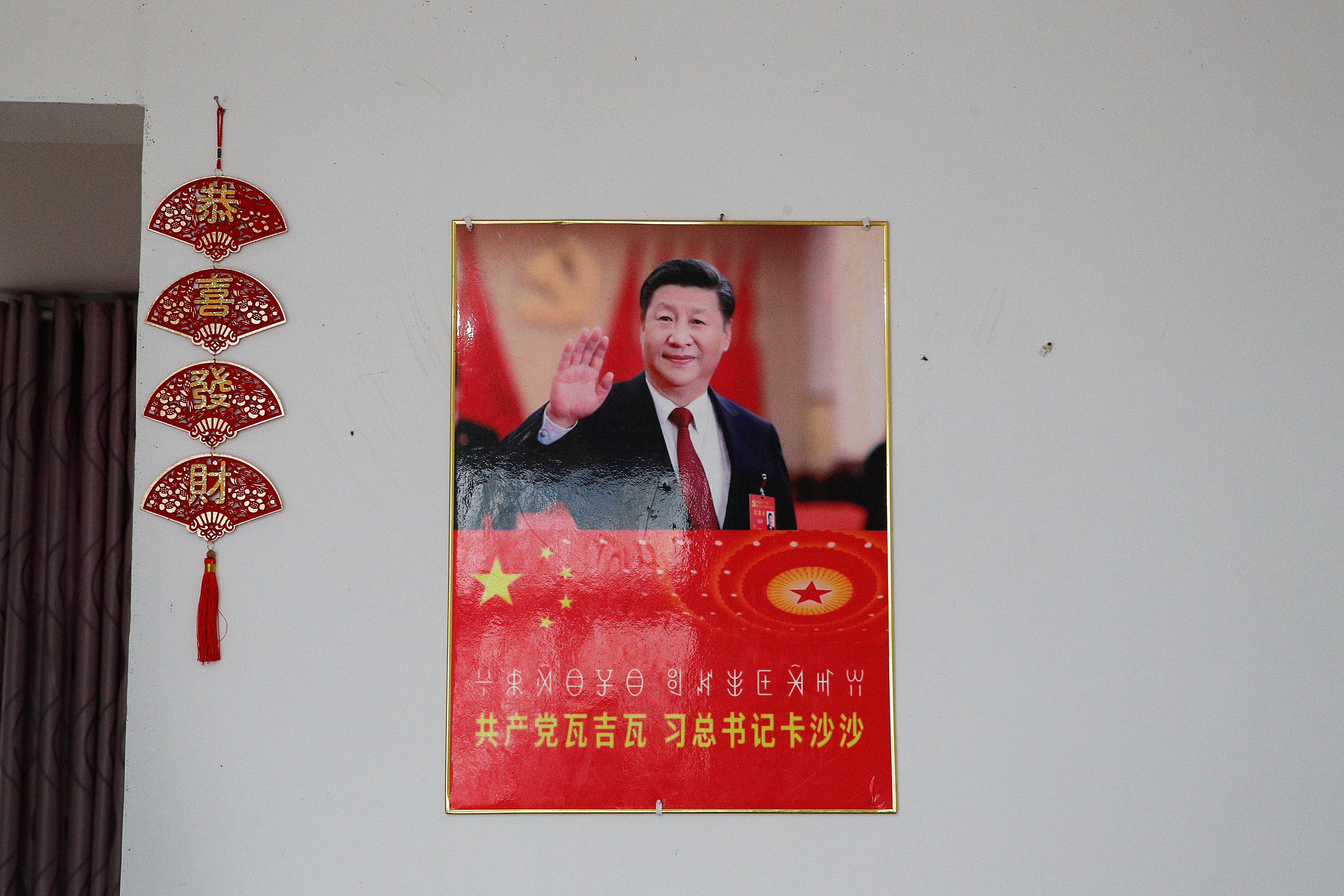AP PHOTOS: Xi's portrait adorns new homes for China's poor

Your support helps us to tell the story
From reproductive rights to climate change to Big Tech, The Independent is on the ground when the story is developing. Whether it's investigating the financials of Elon Musk's pro-Trump PAC or producing our latest documentary, 'The A Word', which shines a light on the American women fighting for reproductive rights, we know how important it is to parse out the facts from the messaging.
At such a critical moment in US history, we need reporters on the ground. Your donation allows us to keep sending journalists to speak to both sides of the story.
The Independent is trusted by Americans across the entire political spectrum. And unlike many other quality news outlets, we choose not to lock Americans out of our reporting and analysis with paywalls. We believe quality journalism should be available to everyone, paid for by those who can afford it.
Your support makes all the difference.Communist Party leader Xi Jinping’s smiling visage looks down from the walls of virtually every home inhabited by members of the Yi minority group in a remote corner of China’s Sichuan province.
Xi has replaced former leader Mao Zedong for pride of place in new brick and concrete houses built to replace crumbling traditional structures in Sichuan’s Liangshan Yi Autonomous Prefecture, which is home to about 2 million Yi.
A considerable cult of personality has developed around Xi since he took over the ruling party in 2012. Millions of books containing his speeches have been distributed and an array of items from decorative plates to key chains display his image and that of his glamorous military singer-wife, Peng Liyuan who also features in some of the posters hung in Yi houses.
Hanging portraits of Chinese leaders in private homes has generally declined since the days of Mao, when a perceived lack of deference to the leader could bring dire consequences. A giant portrait of Mao continues to hang on Beijing’s Tiananmen Gate.
For the Yi, displaying Xi’s portrait may be a decorative choice, brightening whitewashed walls while lacking other options, but it also continues the cultural and political assimilation into the greater Chinese nation that began as early as the Ming Dynasty 400 years ago. The process has accelerated under Communist rule, particularly as China’s leaders seek to impose a single national language, Mandarin, in education and public life, while continuing to portray China as a multiethnic nation made up of 56 groups, the vast majority being Han.
The Yi total 9 million people, spread across Sichuan, Yunnan and Guizhou provinces in China’s southwest, with some communities also found in Vietnam and Thailand. They speak a language related to Burmese with its own writing system and traditionally practice a form of shamanism, although some are also Buddhist and Christian.